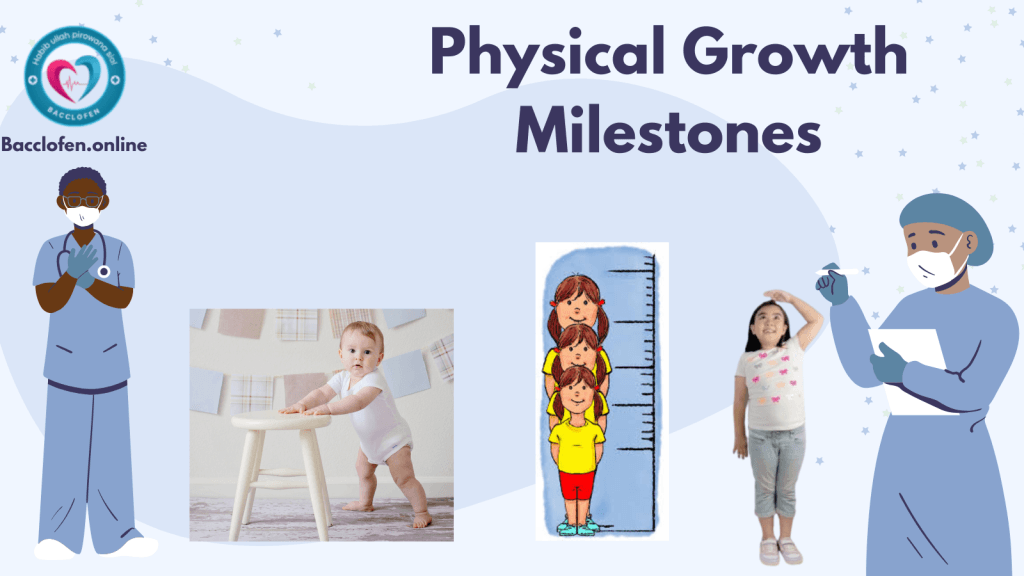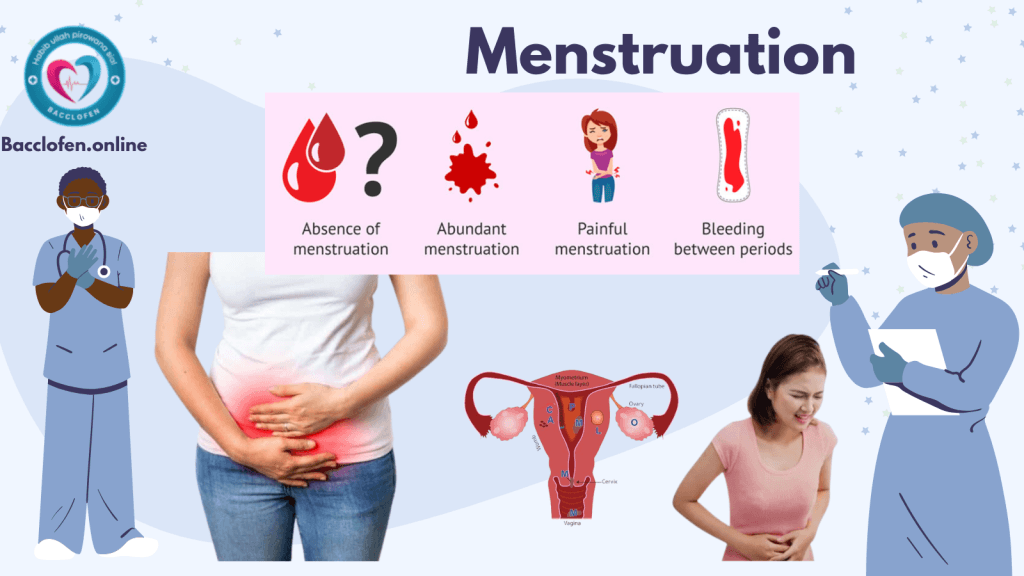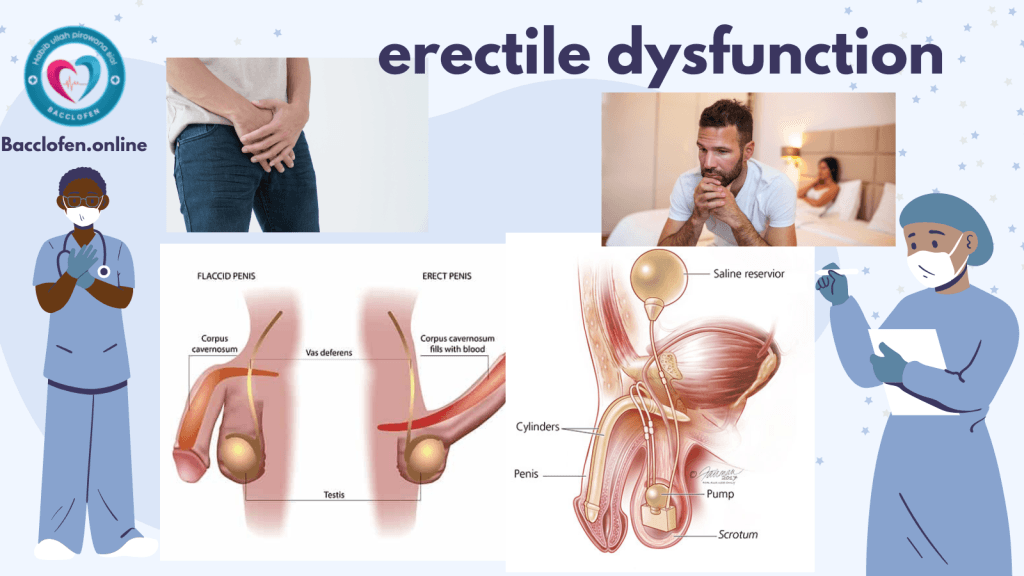Physical growth milestones are key markers in a child’s development, reflecting their physical, motor, and sensory capabilities at different ages. These milestones provide a framework for tracking a child’s progress and identifying potential developmental delays. While each child develops at their own pace, growth milestones offer a general guideline for what is typically expected during specific stages of childhood.
Key Stages of Physical Growth Milestones
Growth milestones are typically divided into age groups, each representing significant developmental achievements. These milestones encompass changes in height, weight, motor skills, and sensory development.
1. Infancy (Birth to 12 Months)
The first year of life is marked by rapid growth and significant physical changes.
- Height and Weight: Infants grow approximately 1 to 1.5 inches per month during the first six months and gain about 5 to 7 ounces weekly. By the end of the first year, their birth weight usually triples, and they grow about 10 inches taller.
- Motor Skills:
- At 1–2 months: Babies lift their heads momentarily when placed on their stomachs.
- At 3–4 months: They can raise their heads and chests while supporting themselves on their forearms.
- By 6 months: Rolling over and sitting with support are common.
- By 9 months: Crawling begins, and they may start pulling themselves up to stand.
- By 12 months: Many babies begin taking their first steps or walking while holding onto furniture.
- Sensory Development:
- Newborns have limited vision but can focus on objects about 8–12 inches away.
- By 3 months, they track moving objects.
- At 6 months, they begin to develop depth perception and recognize faces from a distance.
2. Toddlerhood (1–3 Years)
During the toddler years, physical growth slows down slightly, but motor skills and coordination improve significantly.
- Height and Weight: Toddlers typically grow about 3 inches and gain 4–6 pounds per year. By age 2, most children are about half of their adult height.
- Motor Skills:
- At 15–18 months: Most toddlers walk independently, climb stairs with assistance, and begin running.
- By 2 years: They can kick a ball, climb onto furniture, and use their hands to draw simple shapes.
- By 3 years: They achieve better balance, allowing them to hop, pedal a tricycle, and throw and catch a ball.
- Fine Motor Development:
- Improved hand-eye coordination enables toddlers to stack blocks, turn book pages, and use utensils.
- Sensory Development: By this stage, toddlers explore their environment actively, with improved visual and tactile abilities.

3. Early Childhood (3–5 Years)
Early childhood is a period of steady growth and refinement of motor skills.
- Height and Weight: Children grow about 2.5–3.5 inches annually and gain around 4–5 pounds each year.
- Motor Skills:
- At 3–4 years: They can climb, jump, and balance on one foot for a few seconds.
- At 5 years: Children can skip, hop on one foot, and improve coordination for activities like swimming and dancing.
- Fine Motor Development:
- Skills like drawing recognizable shapes, cutting with scissors, and tying shoelaces begin to emerge.
- Sensory Development: Vision sharpens, often reaching near-adult levels by age 5, and they develop a better sense of spatial awareness.
4. Middle Childhood (6–12 Years)
Middle childhood is marked by steady physical growth and enhanced coordination.
- Height and Weight: Children grow about 2–2.5 inches per year and gain 4–7 pounds annually. Girls may begin puberty toward the end of this stage, experiencing more rapid growth.
- Motor Skills:
- Improved coordination and strength allow for participation in organized sports and activities like cycling, swimming, and dancing.
- Handwriting and other fine motor skills improve significantly.
- Physical Changes:
- Permanent teeth begin to replace baby teeth.
- Children develop greater stamina and endurance for physical activities.
- Sensory Development:
- Hearing and vision become more refined, supporting complex tasks such as reading and playing musical instruments.
5. Adolescence (13–18 Years)
Adolescence is characterized by the rapid growth and physical changes of puberty.
- Height and Weight: Growth spurts are common, with boys often growing 4–5 inches annually during peak growth and girls growing 3–4 inches per year. Weight gain accompanies height increases, reflecting the development of muscle and fat.
- Puberty:
- Boys experience increased muscle mass, voice deepening, and the growth of facial and body hair.
- Girls experience breast development, the onset of menstruation, and broader hips.
- Motor Skills:
- Physical strength and coordination continue to improve, supporting advanced athletic abilities.
- Fine Motor Development: Adolescents master precision tasks, such as playing instruments, typing, and detailed crafts.
- Sensory Development: Vision and hearing typically reach their peak functionality during this stage.
Factors Influencing Physical Growth
Several factors can influence a child’s growth and development:
- Genetics: Inherited traits play a significant role in determining height, weight, and growth patterns.
- Nutrition: A balanced diet rich in vitamins, minerals, and proteins is essential for healthy growth.
- Physical Activity: Regular exercise promotes bone density, muscle development, and overall physical health.
- Health Conditions: Chronic illnesses, hormonal imbalances, or genetic disorders can affect growth milestones.
- Environment: Factors like exposure to toxins, quality of healthcare, and emotional well-being impact growth.
Monitoring Growth and Addressing Delays
Parents and caregivers should monitor their child’s growth to ensure they are meeting age-appropriate milestones. Pediatricians use growth charts to track height, weight, and head circumference, comparing them to standardized percentiles.
Signs of Potential Growth Delays
- Failure to gain weight or grow in height as expected.
- Difficulty achieving motor milestones (e.g., sitting, walking, or climbing).
- Loss of previously acquired skills.
When to Seek Help
If a child consistently misses developmental milestones, experiences rapid weight loss or gain, or exhibits signs of delayed puberty, a healthcare provider should be consulted. Early intervention can address issues such as growth hormone deficiencies, nutritional deficiencies, or underlying health conditions.
Conclusion
Physical growth milestones provide a roadmap for understanding a child’s development and tracking their progress. While every child grows at their own pace, being aware of these milestones helps parents and caregivers identify and address potential concerns early. By fostering a nurturing environment, ensuring proper nutrition, and encouraging regular physical activity, caregivers can support healthy growth and development in children.



Pingback: Pregnancy and Prenatal Care - Bacclofen